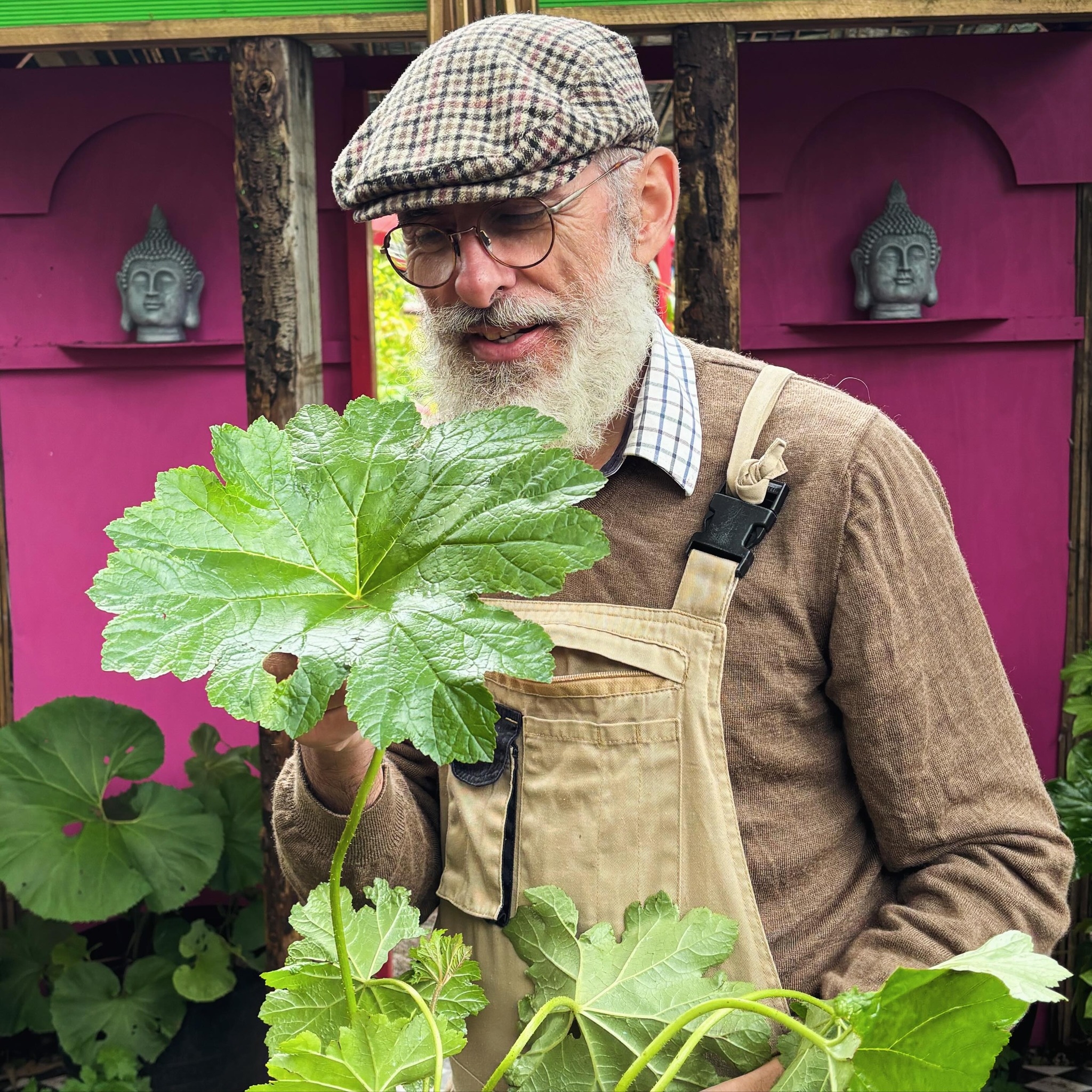An achene is a type of dry, indehiscent fruit that contains a single seed. Unlike other fruit types, the seed is not fused to the fruit’s outer covering (pericarp), allowing it to remain free within the structure. Achenes are characteristic of plants in the Asteraceae family and are commonly found in species such as sunflowers and dandelions.
Characteristics
- Dry and Indehiscent: The fruit does not split open at maturity to release the seed.
- Single Seed: Contains only one seed that is loosely attached to the fruit wall.
- Thin Pericarp: The outer covering is usually thin and papery, protecting the seed inside.
Examples of Achenes
- Dandelion (Taraxacum officinale): Produces achenes with a feathery pappus for wind dispersal.
- Sunflower (Helianthus annuus): The seeds commonly referred to as “sunflower seeds” are actually achenes.
- Buttercup (Ranunculus spp.): Forms clusters of small achenes.
Dispersal Mechanisms
Achenes often have adaptations for dispersal, such as:
- Pappus: Hair-like structures for wind dispersal (e.g., dandelion).
- Water Dispersal: Some achenes are buoyant.
- Animal Dispersal: Hooks or barbs can attach to fur.
Tip: Achenes are a fascinating way to observe plant reproduction and seed dispersal in action—great for educational or garden projects!




